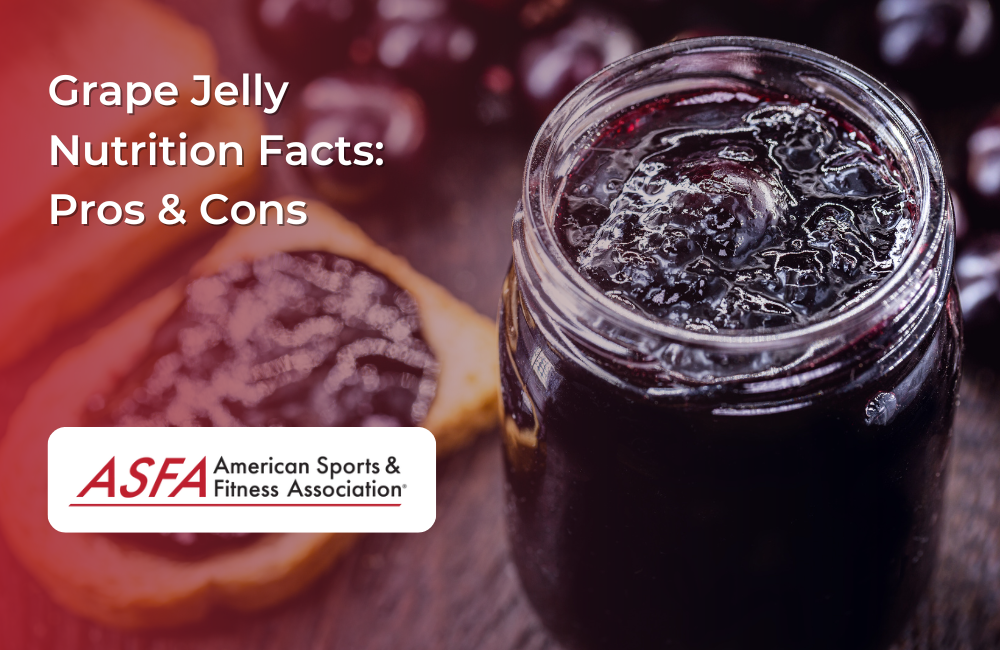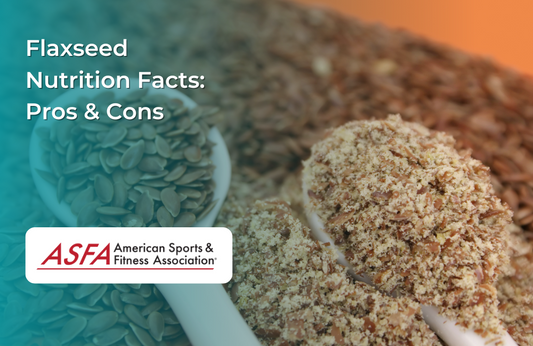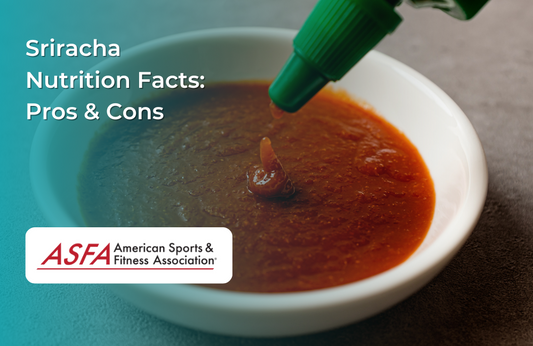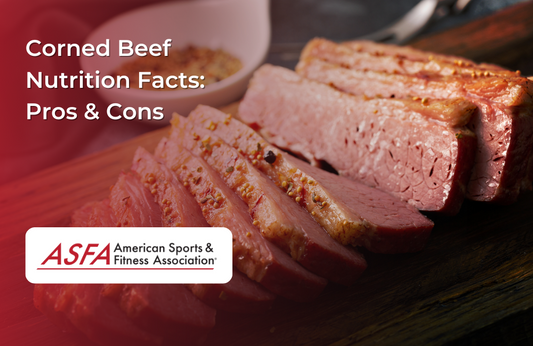Grape jelly is a sweet, fruit-based spread commonly used on toast, peanut butter sandwiches, and desserts. While it provides quick energy and a fruity flavor, it is high in sugar and low in fiber and essential nutrients, making portion control important.
Grape Jelly Nutrition Facts: Pros and Cons of its Nutritional Profile
One tablespoon (20 grams) of grape jelly provides:
-
Calories: Around 50-60
-
Carbohydrates: 14-15 grams
-
Sugar: 10-12 grams (mostly added sugar)
-
Fiber: 0 grams
-
Protein: 0 grams
-
Fat: 0 grams
-
Sodium: 5-10 mg
-
Vitamins and Minerals: Minimal, with small amounts of vitamin C in natural or homemade versions, highlighting its relatively low nutritional value.
What is Grape Jelly?
Grape jelly is a popular fruit spread made from grape juice, sugar, and fruit pectin. Unlike jam, which includes crushed or ground fruit, grape jelly has a smooth, gel-like consistency. This makes it a favorite for spreading on toast, biscuits, and other baked goods.
Typically, grape jelly is made from Concord grapes, known for their rich, sweet-tart flavor and high antioxidant content. The process involves crushing the grapes to extract the juice, which is then combined with sugar and pectin to achieve the desired texture.
Many commercial grape jellies contain high fructose corn syrup or corn syrup, which can be a concern for those mindful of their sugar intake. However, there are now reduced-sugar or sugar-free options available that use natural sweeteners like stevia or honey.
When consumed in moderation, grape jelly can be a delightful addition to a balanced diet. It offers some health benefits, such as providing antioxidants that support heart health and offering a quick source of natural energy. However, it’s crucial to be aware of the sugar content and opt for brands that use natural ingredients and minimal added sugars.
Beyond its potential health benefits, grape jelly is incredibly versatile. It can add a burst of flavor to yogurt or oatmeal, serve as a filling for cakes and pastries, or even act as a base for homemade sauces and marinades. This makes grape jelly not just a tasty treat but also a convenient way to enhance various dishes.
In summary, grape jelly is a delicious and versatile fruit spread that, when enjoyed in moderation, can be a healthy part of your diet.
Pros of Eating Grape Jelly
Provides Quick Energy
High in simple carbohydrates, making it a quick source of energy, especially for athletes or people needing a fast energy boost. Additionally, the fructose in grape jelly may promote blood sugar stability by having a lower glycemic index, which helps prevent significant spikes in blood sugar levels.
Contains Antioxidants in Natural or Homemade Versions
Grapes contain polyphenols and flavonoids, which have antioxidant and anti-inflammatory properties.
Homemade or fruit-based jellies retain more of these antioxidants compared to highly processed versions. Fresh fruit, like grapes, retains more antioxidants compared to processed versions.
Fat-Free and Low in Sodium
-
Contains zero fat, making it a low-fat topping option.
-
Low sodium content makes it suitable for people watching their salt intake.
Versatile and Easy to Use
Can be used as a spread, a glaze for meats, or an ingredient in baking and sauces.
Pairs well with peanut butter, cheese, and yogurt for a variety of snacks.
Grape jelly can appeal to taste buds while offering a variety of uses.
Cons of Eating Grape Jelly
High in Sugar and High Fructose Corn Syrup
10-12 grams of sugar per tablespoon, which can contribute to weight gain, blood sugar spikes, and insulin resistance.
Some versions contain high-fructose corn syrup (HFCS), which may have negative metabolic effects. Grape jelly is primarily made from fruit juice, contributing to its high sugar content.
Lacks Fiber and Nutrients
Unlike whole grapes or jams with fruit pulp, grape jelly contains little to no fiber.
Processing removes most natural vitamins and antioxidants, making it a low-nutrient food.
Increasing overall fruit intake, including whole grapes, can provide more fiber and nutrients, which are essential for maintaining digestive health and alleviating symptoms of functional constipation.
Can Contribute to Blood Sugar Spikes
High glycemic index means it quickly raises blood sugar, making it less ideal for diabetics.
Choosing low-sugar or homemade versions with natural fruit can help reduce this impact. Some grape jellies contain citric acid, which can also impact blood sugar levels.
Artificial Ingredients in Processed Varieties
-
Many store-bought grape jellies contain artificial flavors, preservatives, and colorings.
-
Opting for all-natural or homemade grape jelly is a healthier choice.
Easy to Overconsume
Sweet taste makes it easy to eat in excess, leading to higher calorie and sugar intake.
Pairing it with protein or fiber (like peanut butter or whole-grain bread) can help balance blood sugar levels. Grape jelly can satisfy a sweet tooth but should be consumed in moderation.
Conclusion
Grape jelly is a sweet, convenient spread that provides quick energy and flavor, but it is high in sugar and lacks fiber or significant nutrients. Choosing natural, low-sugar, or homemade versions can make it a better option, and pairing it with protein or fiber helps reduce blood sugar spikes. Enjoy in moderation for a balanced diet.
FAQs
Is grape jelly healthy?
It is low in nutrients and high in sugar, so it is best enjoyed in moderation.
Is grape jelly better than jam?
Jam contains more fruit and fiber, making it slightly healthier than jelly, which is mostly fruit juice and sugar.
Can diabetics eat grape jelly?
Regular grape jelly is high in sugar, but sugar-free or homemade versions with no added sugar may be a better option.
Does grape jelly contain fruit pectin?
Yes, but it is made from grape juice rather than whole fruit, which reduces fiber and antioxidants.
How can I make grape jelly healthier?
Use homemade recipes with fresh grapes, less sugar, and natural pectin to retain nutrients.
Is grape jelly vegan?
Yes, most grape jellies are vegan, but some brands may use gelatin as a thickener, so checking labels is recommended.
Does grape jelly expire?
Yes, unopened grape jelly lasts months, but once opened, it should be refrigerated and consumed within 6-12 months.
What is a healthier alternative to grape jelly?
Mashed fresh grapes, fruit preserves, or low-sugar fruit spreads offer more nutrients and less added sugar.





